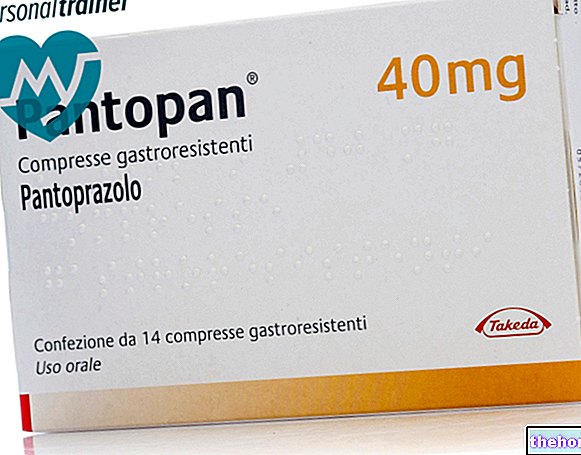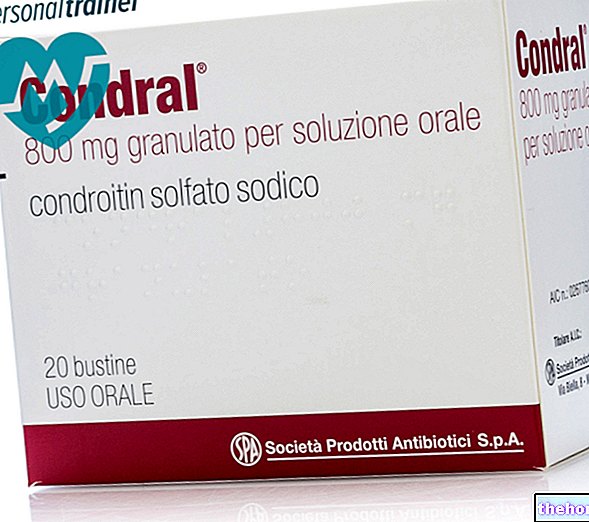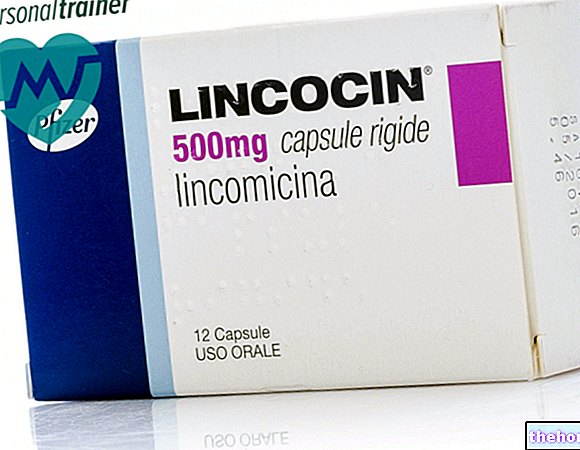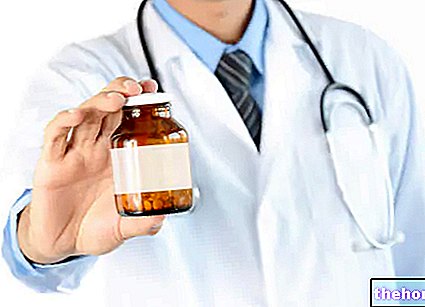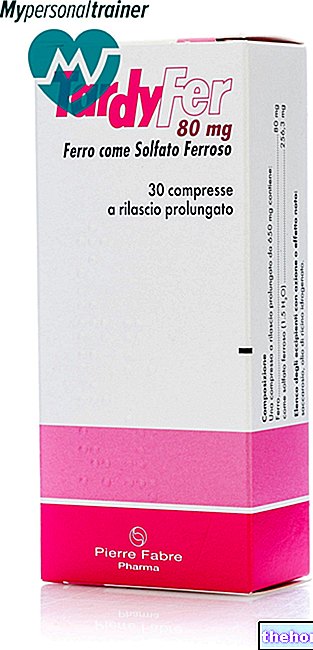Active ingredients: Dimenhydrinate
TRAVELGUM 20 mg Medicated chewing gum
Why is Travelgum used? What is it for?
Travelgum contains the active substance dimenhydrinate, which belongs to a group of medicines called antihistamines (medicines used to treat various ailments including vomiting).
Dimenhydrinate has an antiemetic action, that is, it prevents nausea and vomiting. Travelgum is used in adults and children over 4 years of age, to treat motion sickness, a disorder that you / your child may experience with nausea and vomiting when travel by car, by sea, by plane or by train.
Contraindications When Travelgum should not be used
Do not take / give the child Travelgum
- If you and / or the child are allergic to dimenhydrinate or any of the other ingredients of this medicine
- If you and / or the child are allergic to antihistamines (a group of medicines similar to dimenhydrinate). If you and / or your child have phenylketonuria (a hereditary disease where a substance called phenylalanine builds up in the blood, which causes particular problems).
- If the child is under the age of 4.
If you are pregnant or breast-feeding, see section "Pregnancy and breast-feeding".
Precautions for use What you need to know before taking Travelgum
Talk to your doctor or pharmacist before taking / giving Travelgum to your child.
Tell your doctor:
- if you and / or the child have an eye disease (glaucoma);
- if you suffer from an enlarged prostate (prostatic hypertrophy);
- if you / the child have other diseases which lead to a disturbance in the ability to urinate (urinary retention);
- if you and / or the child suffer from bowel obstruction;
- if you and / or the child suffer from breathing problems (bronchial asthma);
- if you and / or the child have seizures (epilepsy).
Do not swallow Travelgum as your nausea may increase further.
Children and adolescents
Travelgum can be used in children over 4 years of age.
This medicine can cause drowsiness. Take care if your child becomes aware of this side effect and monitor him when engaging in potentially dangerous activities such as cycling.
Interactions Which drugs or foods can modify the effect of Travelgum
Tell your doctor or pharmacist if you / your child are taking, have recently taken or might take any other medicines
Avoid taking / giving your child Travelgum if they are taking any of the following medicines:
- hypnotics (sleep-inducing drugs)
- sedatives or tranquilizers (drugs that cause physical and mental relaxation) as the use of these medicines with Travelgum increases the sedative effects (physical and mental relaxation).
Tell your doctor if you / your child are taking:
- ototoxic antibiotics (medicines used to treat bacterial infections, but which cause damage to the ear), as it may aggravate the damage to the ear.
Travelgum with alcohol
You should not take Travelgum together with alcoholic beverages to avoid potentiating the sedative effects.
Warnings It is important to know that:
Pregnancy and breastfeeding
If you are pregnant or breast-feeding, think you may be pregnant or are planning to have a baby, ask your doctor or pharmacist for advice before taking this medicine.
Take Travelgum only as needed, under the direct supervision of your doctor, after your doctor has assessed the expected benefit to you in relation to the possible risk to the fetus.
Driving and using machines
This medicine, like other antihistamines, can cause sedation which may manifest as drowsiness as the most common side effect. Therefore, if you feel drowsy or notice that your child has this side effect, you should be careful in carrying out potentially hazardous activities such as driving vehicles (including cycling) or using machines.
Travelgum contains sucrose, sorbitol, glucose and aspartame
Travelgum contains sucrose and sorbitol: if you have been told by your doctor that you have an intolerance to some sugars, contact your doctor before taking this medicine.
Travelgum contains glucose: if you have been told by your doctor that you have an intolerance to some sugars, contact your doctor before taking this medicinal product.
This medicine contains aspartame, a source of phenylalanine. It can be harmful to you if you have phenylketonuria.
Dose, Method and Time of Administration How to use Travelgum: Posology
Always take / give your child this medicine as described in this leaflet or as directed by your doctor or pharmacist. If in doubt, consult your pharmacist.
The recommended dose is:
Adults
1 medicated chewing gum up to a maximum of 4 medicated chewing gums per day.
Use in children
Children aged between 4 and 18 years: 1 medicated chewing gum up to a maximum of 2 medicated chewing gums per day.
Travelgum is not for use in children under the age of 4.
It is advisable to start with the lowest expected dose.
Warning: do not exceed the indicated doses without medical advice.
Take / give your child this medicine before starting a journey by car, sea, plane or train and in any case as soon as you feel the first signs of nausea and malaise.
Do not swallow Travelgum as your nausea may increase further.
The effect occurs after about 2-3 minutes; to achieve maximum effectiveness continue chewing for 5-10 minutes. The effect lasts from 1 to 3 hours.
Overdose What to do if you have taken too much Travelgum
In case of accidental ingestion or overdose of this medicine, notify your doctor immediately or go to the nearest hospital.
Side Effects What are the side effects of Travelgum
Like all medicines, this medicine can cause side effects, although not everybody gets them
The following side effects may occur:
Effects affecting the nervous system
- drowsiness
- pain in the head (headaches)
- dizziness
- tremors
Effects affecting the skin
- photosensitivity (sensitivity of the skin to light which can cause erythema or sunburn)
- allergic skin reactions (such as itching, burning, redness and blistering)
Effects affecting the mouth and stomach
- dry mouth
- nausea
Effects affecting the eye
- accommodation disturbance (disturbance in focusing mainly on nearby objects)
Effects affecting the kidneys and urinary tract
- disturbances in the elimination of urine (disturbances in urination
Metabolism and nutrition disorders
- anorexia (lack of appetite)
Effects affecting the heart and blood vessels
- decrease in blood pressure (hypotension)
- increased heart rate (tachycardia
Effects affecting the mind
- euphoria
- difficulty initiating or maintaining sleep (insomnia especially in children
General ailments (which can affect multiple parts of the body)
- asthenia (state of general weakness)
These side effects are usually transient. However, when they occur, it is advisable to consult your doctor or pharmacist.
Reporting of side effects
If you get any side effects, talk to your doctor or pharmacist. This includes any possible side effects not listed in this leaflet. You can also report side effects directly via the national reporting system on the website of the Italian Medicines Agency: https://www.aifa.gov.it/content/segnalazioni-reazioni-avverse
By reporting side effects you can help provide more information on the safety of this medicine.
Expiry and Retention
Keep this medicine out of the sight and reach of children.
Do not use this medicine after the expiry date which is stated on the carton after EXP. The expiry date refers to the last day of that month.
Do not store above 25 ° C.
Do not throw any medicines via wastewater or household waste. Ask your pharmacist how to throw away medicines you no longer use. This will help protect the environment.
What Travelgum contains
- the active ingredient is Dimenhydrinate, 20 mg
- the other components are: Silicon dioxide, Dextrin, Sucrose, Sorbitol, Liquid glucose, Aspartame (see paragraph "Travelgum contains sucrose, sorbitol, glucose and aspartame"), Talc, Magnesium stearate, Magnesium oxide, Polyethylene glycol 35000, Titanium dioxide, Calcium carbonate , Saccharin, Polyvinylpyrrolidone, Menthol, Mint flavor, Solid semisynthetic glycerides, E wax, White wax, Copolymers of acrylic and methacrylic acid esters, Monobasic potassium phosphate, Butadiene-styrene copolymers 50:50, Microcrystalline wax, Natural resin glycerine ester , Butylated hydroxyanisole.
Description of the Travelgum appearance and contents of the package
Travelgum comes in the form of white medicated chewing gum, contained in blister packs of 6 gums.
Source Package Leaflet: AIFA (Italian Medicines Agency). Content published in January 2016. The information present may not be up-to-date.
To have access to the most up-to-date version, it is advisable to access the AIFA (Italian Medicines Agency) website. Disclaimer and useful information.
01.0 NAME OF THE MEDICINAL PRODUCT
TRAVELGUM
02.0 QUALITATIVE AND QUANTITATIVE COMPOSITION
Each medicated chewing gum contains:
Active principle: Dimenhydrinate 20 mg.
03.0 PHARMACEUTICAL FORM
Medicated chewing gum.
04.0 CLINICAL INFORMATION
04.1 Therapeutic indications
Motion sickness (nausea and vomiting when traveling by car, train, plane and ship).
04.2 Posology and method of administration
Adults and children (4-12 years of age): Start chewing 1 gum at the first symptoms of nausea.
The effect is felt after 2-3 minutes, to achieve maximum effectiveness continue chewing for 5-10 minutes.
The effect lasts from 1 to 3 hours depending on the situation and the patient.
Adults: if the effect is attenuated or the uncomfortable situation persists, it is possible to repeat the administration after 3-4 hours, up to a maximum of 4 medicated chewing gums per day.
Children: repeat no more than twice a day.
Do not exceed the recommended dose.
People particularly sensitive to motion sickness should use TRAVELGUM 20 mg medicated chewing gum before particular situations such as: winding roads, turbulence during the flight, bad weather during sea travel, etc. In this way, even the first symptoms of malaise can be avoided. .
Travelgum 20 mg medicated chewing gum has a pleasant peppermint flavor; they must not be swallowed, as in this case the initial nausea would increase further.
04.3 Contraindications
Hypersensitivity already known to the component or to other antihistamines. Phenylketonuria. Pregnancy. It is not recommended for use in newborns and premature babies, as well as during breastfeeding.
04.4 Special warnings and appropriate precautions for use
Never swallow Travelgum chewing gum.
In diabetic subjects consider that a chewing gum contains about 500 mg of glucose and sucrose.
Use with caution in subjects suffering from glaucoma, prostatic hypertrophy, other urinary retention syndromes, intestinal obstruction, bronchial asthma, epilepsy.
Keep this medicine out of the reach of children.
04.5 Interactions with other medicinal products and other forms of interaction
During the treatment with Travelgum it is advisable to avoid the simultaneous use of alcoholic beverages and hypnotic drugs, sedatives or tranquilizers, in order to prevent any additive sedation phenomena.
The use of antihistamines at the same time as certain ototoxic antibiotics can mask the first signs of ototoxicity, which can only reveal itself when the damage is irreversible.
04.6 Pregnancy and breastfeeding
Use only in case of real need and under direct medical supervision.
04.7 Effects on ability to drive and use machines
Since the most frequent secondary effect of antihistamines is sedation, which can manifest itself as drowsiness, those carrying out operations requiring integrity of vigilance (driving vehicles, operating machinery) should be warned of this.
04.8 Undesirable effects
With the use of antihistamines, drowsiness, dry mouth, photosensitivity, disturbances of accommodation, disturbances in urination, headaches, anorexia, nausea, skin reactions on an allergic basis may occur. Less frequently dizziness, asthenia, insomnia (especially in children), euphoria, tremors, hypotension, tachycardia.
04.9 Overdose
In case of accidental poisoning, treatment will be symptomatic: there are no specific antidotes for H1 blockers.
05.0 PHARMACOLOGICAL PROPERTIES
05.1 Pharmacodynamic properties
According to "Martindale - The Extra Pharmacopoeia" (28 ^ ed., 1987) dimenhydrinate has the general properties of diphenhydramine, the prototype of ethanolamine antihistamines. The antagonism to endogenous histamine released by central histaminergic neurons results from the high affinity binding of dimenhydrinate to H1 receptors. The most characteristic pharmacological effect of dimenhydrinate is the antiemetic effect, which makes it one of the most active substances in the treatment of motion sickness.
05.2 "Pharmacokinetic properties
The special pharmaceutical preparation of TRAVELGUM allows the perlingual absorption of over 60% - up to 92% - of the quantity of dimenhydrinate contained in it; the perlingual absorption rate allows a "clinical efficacy at doses of dimenhydrinate considerably lower than those of usual use, with undoubted advantages of tolerability and safety.
There is considerable metabolism, with a "first-pass effect".
The percentage of binding to whey proteins is high.
The half-life time is around 4-8 hours.
05.3 Preclinical safety data
Like other antihistamines, dimenhydrinate has a remarkably high safety margin.
06.0 PHARMACEUTICAL INFORMATION
06.1 Excipients
Silicon dioxide, Dextrin, Prolamine, Sorbitol, Talc, Magnesium stearate, Magnesium oxide, Glucose, Liquid glucose, Polyethylene glycol 35000, Titanium dioxide, Glycine, Calcium carbonate, Saccharin, Aspartame, Polyvinylpyrrolidone, Saccharose, Menthol, Mint flavor, Semis glycerides , E wax, Copolymers of esters of acrylic and methacrylic acids, Monobasic potassium phosphate, Butadiene-styrene copolymers 50:50, Microcrystalline wax, Glycerine ester of natural resin, Butylhydroxyanisole.
06.2 Incompatibility
Although dimenhydrinate can pose some problems of chemical-physical incompatibility, this eventuality does not occur in the usual conditions of use of Travelgum 20 mg medicated chewing gum
06.3 Period of validity
4 years.
06.4 Special precautions for storage
No special precautions are necessary.
06.5 Nature of the immediate packaging and contents of the package
Cardboard box containing PVC blisters with 6 and 10 medicated chewing gums.
06.6 Instructions for use and handling
See point 4.2.
07.0 MARKETING AUTHORIZATION HOLDER
VIATRIS Pharma GmbH - Vienna (Austria).
08.0 MARKETING AUTHORIZATION NUMBER
Box of 6 medicated chewing gums: A.I.C. n. 005170016.
Box of 10 medicated chewing gums: A.I.C. n. 005170028.
09.0 DATE OF FIRST AUTHORIZATION OR RENEWAL OF THE AUTHORIZATION
Date of first A.I.C .: 9/6/1976
A.I.C renewal date: 31/05/2000
10.0 DATE OF REVISION OF THE TEXT
-----

